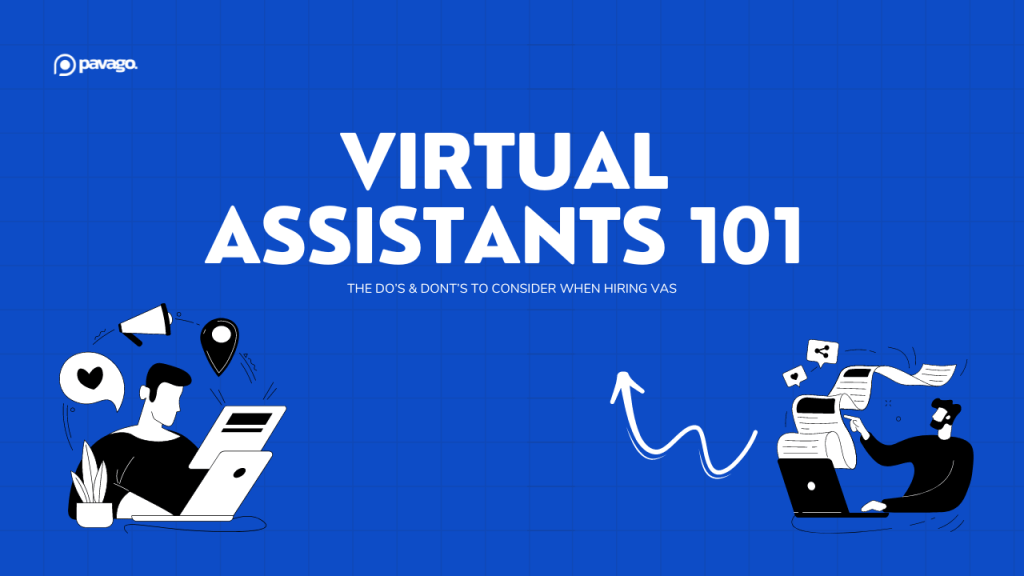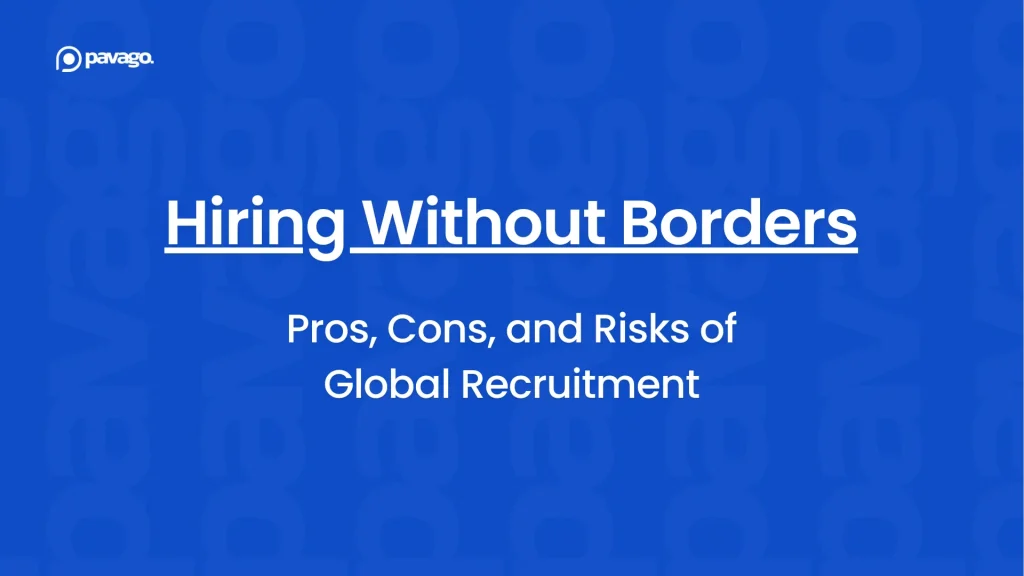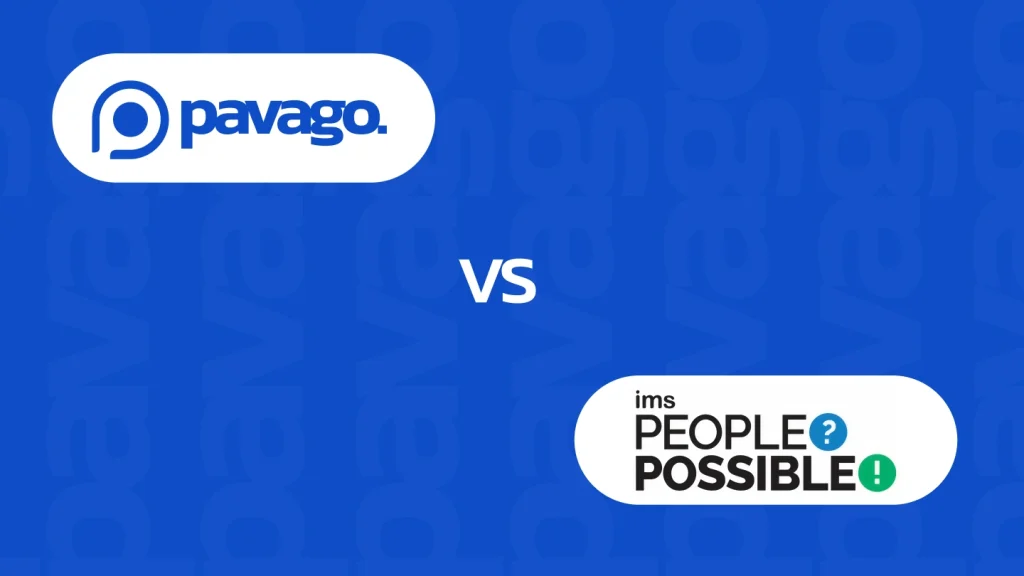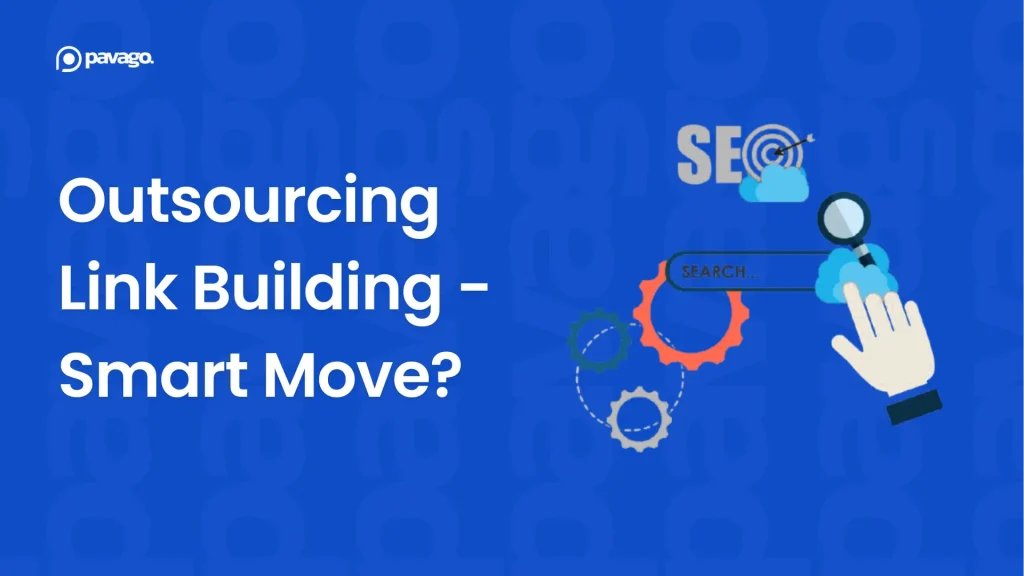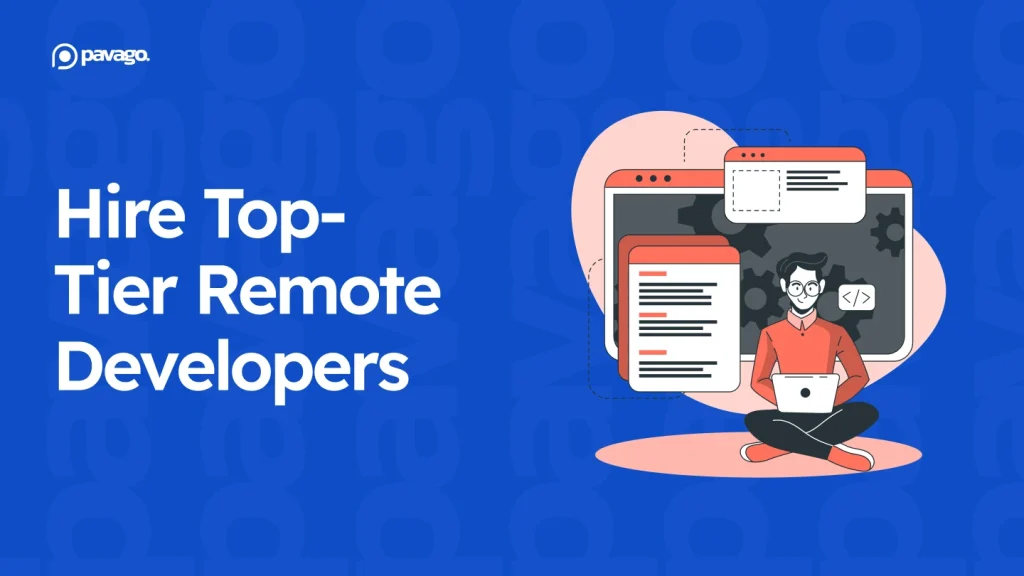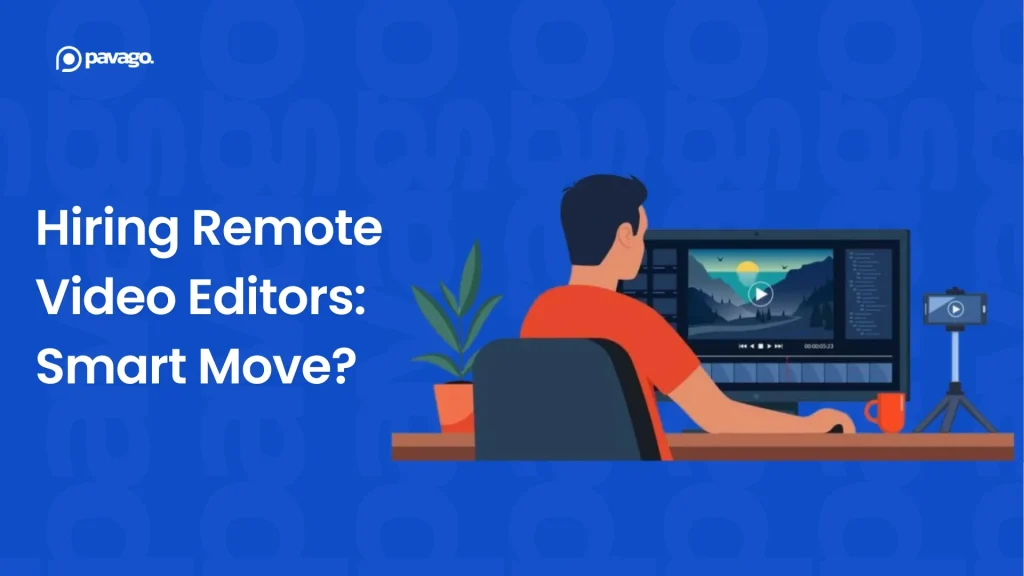Scroll through LinkedIn or Upwork, and it feels like everyone today calls themselves a virtual assistant. The market is flooded with thousands of profiles, similar resumes, and rates that range from $5/hour to $5,000/month.
For founders and SMB owners, that raises a real question: How do you find a VA who actually delivers — without wasting weeks on trial and error?
This guide breaks down the dos and don’ts of hiring virtual assistants in a saturated market, the common mistakes most businesses make, and how to cut through the noise to find someone who’s truly worth keeping.
The Reality of Today’s VA Market
The rise of remote work has turned “virtual assistant” into a catch-all term.
For some, it means a true professional capable of running entire business operations. For others, it’s a side hustle with little more than basic admin experience.
And because many profiles look the same, it’s almost impossible to know which is which at first glance.
That’s why so many businesses end up disappointed. They expect an extra set of hands and get someone who needs more managing than they save. The problem isn’t that good VAs don’t exist — it’s that the market is crowded with noise, and you need a structured way to separate real talent from the rest.
This is exactly what Pavago does.
We filter through the noise and connect you only with A-player Virtual Assistants, vetted for skills, communication, and reliability.
Instead of spending weeks trialing freelancers, you start with assistants who are already proven to deliver.
Dos of Hiring Virtual Assistants
Hiring a VA can free up your time and mind for more important tasks, but only if you approach it with structure. These are the best practices to ensure your assistant becomes an asset rather than a burden.
Do Define Outcomes, Not Just Tasks
Instead of vague instructions like “manage my email,” set clear outcomes. For example: “Keep my inbox under 20 unread messages by the end of each day, with urgent items flagged.” This creates accountability and makes success measurable.
Do Test Communication Skills
Strong communication is non-negotiable, especially when hiring an overseas virtual assistant. Watch how quickly a candidate responds, how clearly they explain themselves, and whether they ask smart follow-up questions. These small signs predict whether they’ll help or hinder your workflow.
Do Run a Trial Project
Don’t rely on resumes alone. Assign a short task that mirrors what they’ll do day-to-day, like organizing a calendar or cleaning up a dataset. A trial shows how they think, prioritize, and present results.
Do Confirm Time Zone Alignment
Even the best VA can be ineffective if their working hours don’t overlap with yours. This probably won’t be an issue if you hire a Latin virtual assistant, but still, confirm availability upfront so collaboration flows smoothly.

The Don’ts of Hiring a VA
The VA market is crowded, which makes it tempting to rush a hire. Avoiding these common mistakes will save you time, money, and frustration.
Don’t Hire Purely on Price
The cheapest option often becomes the most expensive once you factor in errors and turnover. A good VA pays for themselves through reliability and consistency, not just low cost.
Don’t Skip Interviews
Profiles look good on paper, but they won’t reveal initiative or problem-solving skills. A short interview can quickly show whether someone has the professionalism you need.
Don’t Expect Instant ROI
Even highly skilled virtual assistants need time to learn your tools and systems. Give them proper virtual assistant onboarding, training, and context before expecting results.
Don’t Ignore Cultural Fit
Technical skills get tasks done, but communication style and values determine long-term success. A VA who adapts to your pace and builds trust will add far more value over time.
Don’t have time to manage all this yourself? Pavago can do it for you.
We filter out the noise, source top 1% VAs, and handle payroll, contracts, and replacements — so you skip the trial-and-error and start with assistants who actually deliver.
Virtual Assistant Mistakes Most Businesses Make
Beyond hiring, many businesses fail because of how they manage their VAs.
The most common issue is throwing everything at them with no clear scope. When a VA is expected to do “whatever comes up,” they usually end up doing nothing well. Defining ownership areas — like inbox management, customer service, or social media virtual assistant — creates better results than vague catch-all roles.
Micromanagement is another killer. The whole point of hiring a VA is to free up your time, but some founders can’t resist hovering. This not only wastes the hours you’re supposed to save, but it also demotivates the assistant. Clear expectations plus trust always beat over-the-shoulder supervision.
And then there’s the silent treatment. Many virtual assistants operate remotely with no direct feedback loops. Without weekly check-ins or clear communication, misunderstandings pile up. A five-minute feedback call once a week can prevent months of misalignment.
Finally, businesses often underestimate the complexity of payroll, HR, and compliance — even our CEO, Parker Cox, did. In his own words, “I thought I could just wire transfer them and we’d be good to go. But within weeks, I was dealing with questions about tax documents, employment classification, and even how to handle local holidays. It quickly went from a simple hire to a pile of compliance headaches.”
What starts as a quick fix often ends up being an administrative burden that pulls leadership away from focusing on growth — but the good thing is you have Pavago to handle it for you!
Cutting Through the Noise: How to Find A Virtual Assistant that Actually Delivers
So how do you find a VA who actually adds value in a saturated market? The answer is to put structure ahead of speed.
Instead of relying on polished resumes, ask for specific examples of past work: “Can you show me how you’ve organized someone else’s calendar?” or “Can you share a report you built for another client?” Real work samples are harder to fake than broad claims.
Then, give them a test task that mirrors what they’d do daily for you. This not only validates skill but shows initiative. Look for candidates who don’t just complete the task, but improve on it — those are the assistants who think ahead.
And don’t forget to ask about their long-term intent. Virtual assistants who see the role as a stable career are far more reliable than those who treat it as a side hustle. A quick question like, “Where do you see yourself a year from now?” can reveal whether they’re in it for the long haul.
How Pavago Makes VA Hiring Simple
This is exactly why Pavago exists. Instead of leaving you to sift through thousands of profiles, we filter the noise and only deliver the top 1% virtual assistants. Here’s how we do it:
- Pre-vetted talent – Every VA is tested for skills, communication, and reliability before we ever introduce them.
- Onboarding-ready – Candidates are trained to integrate smoothly into your tools and systems from day one.
- Full payroll & HR support – We handle compliance, contracts, and admin so you don’t have to.
- Lifetime replacement guarantee – If a hire doesn’t work out, we replace them at no extra cost.
In a market where everyone seems to call themselves a virtual assistant, Pavago ensures you only get the ones who actually deliver.
Frequently Asked Questions
Conclusion
The VA market is saturated, and that’s exactly why so many businesses end up frustrated. But when you take the time to define outcomes, vet carefully, and manage with structure, a virtual assistant can become one of your most valuable hires.
Handled alone, this process is overwhelming.
With Pavago, it’s simple.
We filter the market, deliver A-player virtual assistants, and handle payroll, HR, and replacements — so you get the leverage you were looking for in the first place.
